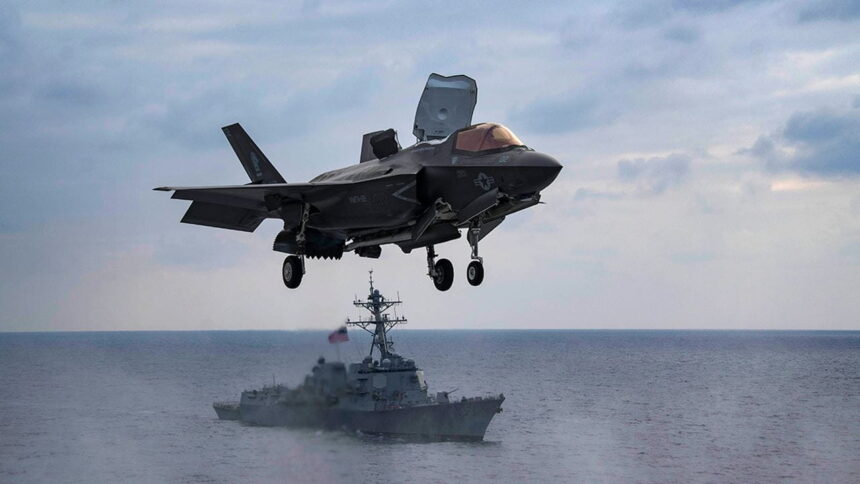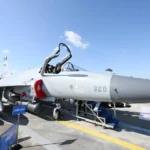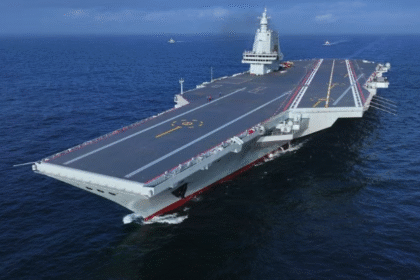Denmark’s decision to expand its F-35 fleet and boost Arctic and maritime defences marks a decisive strategic pivot toward NATO’s northern flank. With $13.7 billion in fresh defence spending, Copenhagen seeks to transform from a modest contributor into a frontline guardian of the Arctic and North Atlantic — a response to Russian assertiveness and the shifting security dynamics in Europe.
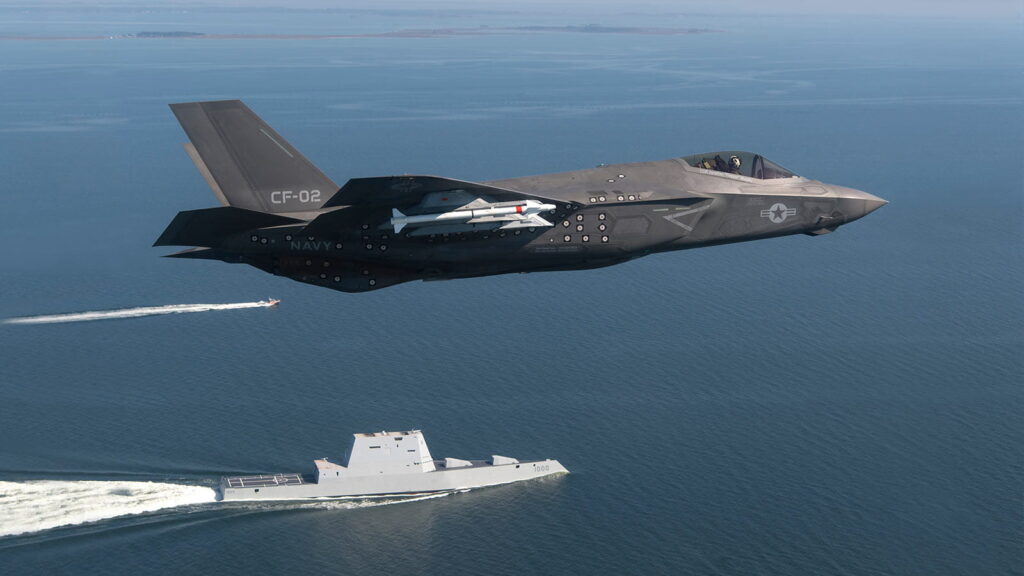
Denmark has unveiled an ambitious 88 billion Danish kroner ($13.7 billion) defence investment plan extending through 2033, signaling its intent to fortify air, maritime, and Arctic capabilities. According to the Danish Ministry of Defence (MoD), the spending package includes the purchase of 16 additional F-35 fighter jets, raising its total fleet to 43 aircraft (Defense News, Oct 2025).
F-35 Expansion: A Strategic Multiplier for Northern Europe
The 29 billion kroner earmarked for the new F-35s positions Denmark as a core operational hub within NATO’s fifth-generation airpower network. With 15 jets already in operation and full delivery of the original 27 expected by 2026, this new order ensures sustained deterrence against Russian air and missile threats across the Baltic and Arctic corridors.
“Expanding the fleet of F-35 fighter jets is a key decision in the buildup of the Danish Armed Forces,” stated Gen. Michael Hyldgaard, Chief of Defence (Danish MoD statement). This aligns with NATO’s push for airpower interoperability across northern Europe, where Denmark, Norway, and the UK will now share a common stealth platform capable of deep surveillance and networked strike missions.
The inclusion of Collaborative Combat Aircraft (CCA) — AI-enabled drones designed as “loyal wingmen” to F-35s — reflects Denmark’s entry into next-generation unmanned warfare alongside the U.S. Air Force’s developing CCA program (Defense News).
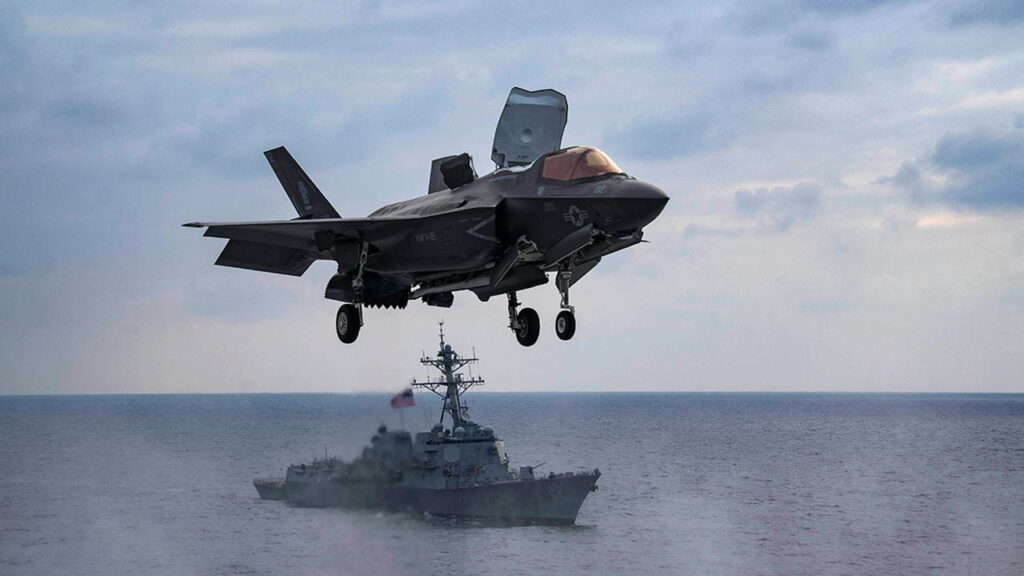
Arctic and Maritime Modernisation
Denmark’s growing focus on the Arctic and North Atlantic — regions of increasing geopolitical contestation — underscores its dual role as a NATO member and sovereign steward of Greenland. The new package allocates 27.4 billion kroner to Arctic readiness, including two Arctic patrol vessels, enhanced maritime patrol capabilities, and a proposed purchase of Boeing P-8 Poseidon aircraft (TV2 Denmark, Sept 2025).
Defence Minister Troels Lund Poulsen has publicly admitted that Denmark “neglected for years to make the necessary investments in ships and aircraft to monitor the kingdom” (TV2 Denmark interview). The new plans to establish a naval quay in Nuuk, deploy air-warning radar in east Greenland, and lay a Greenland–Denmark submarine cable are direct responses to these capability gaps.
This investment also reinforces NATO’s Arctic surveillance network amid heightened Russian naval activity and renewed U.S. interest in Greenland’s strategic value. (Bloomberg noted that former U.S. President Donald Trump had even expressed interest in purchasing Greenland, underscoring its geopolitical significance.)
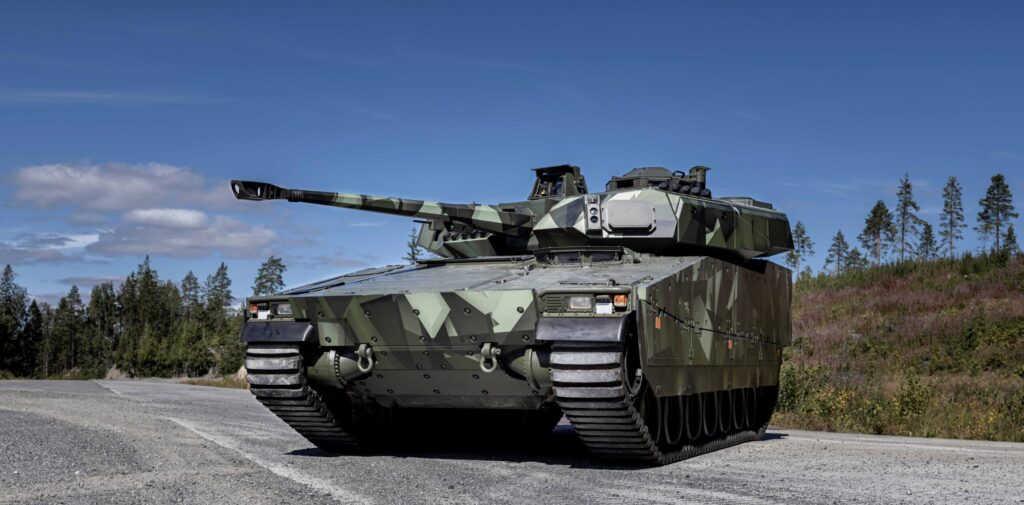
Air Defence and Ground Forces: Multi-Layered Resilience
A total of 27.8 billion kroner will bolster ground-based air defence, adding to a previously announced 30 billion kroner, bringing Denmark’s total air defence budget to 58 billion kroner. The funds will support eight medium- and long-range missile systems, enhancing protection for key installations and population centres (Defense News).
On the ground, Denmark is transitioning toward a modern, sustainable mechanised force. The plan to acquire 44 new infantry fighting vehicles (IFVs) and an additional 115 CV90s from BAE Systems reflects a pragmatic decision to retire aging platforms and standardise logistics and maintenance (Danish MoD).
Furthermore, 2.1 billion kroner are allocated for drone surveillance and counter-drone systems — a critical move following multiple unidentified drone incidents in Danish airspace during 2024.
Strategic Context: NATO’s Northern Shield
Denmark’s decision to raise defence spending above 3% of GDP by 2025, as announced in February, demonstrates alignment with NATO’s collective defence targets (Reuters, Feb 2025). Prime Minister Mette Frederiksen emphasised that rearming Europe is “the EU’s biggest priority,” warning that “if Europe cannot defend itself, it’s game over at some point” (Bloomberg, June 2025).
This marks a decisive strategic evolution — from Denmark’s traditionally modest military posture to a robust frontline contributor in NATO’s northern and Arctic domains.
Conclusion: From Modest Ally to Arctic Guardian
Denmark’s $13.7 billion defence package represents more than procurement — it is a geopolitical recalibration. By expanding F-35 capabilities, strengthening Arctic surveillance, and investing in resilient defences, Denmark is positioning itself as a key NATO anchor in Northern Europe.
This comprehensive rearmament reflects a clear message: Copenhagen intends to defend its sovereignty and regional stability, not just comply with alliance obligations.
As Defense News aptly framed it, the Danish Armed Forces are “evolving from deterrence by presence to deterrence by capability.”


